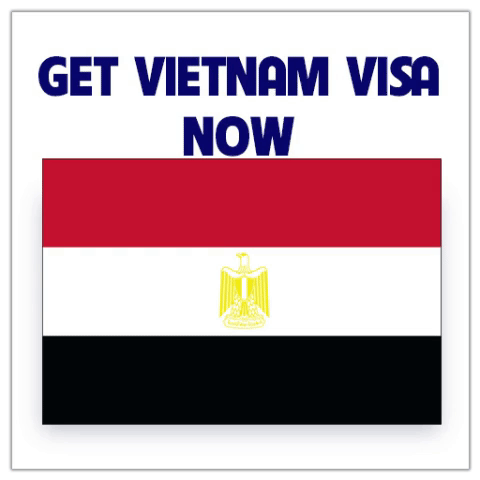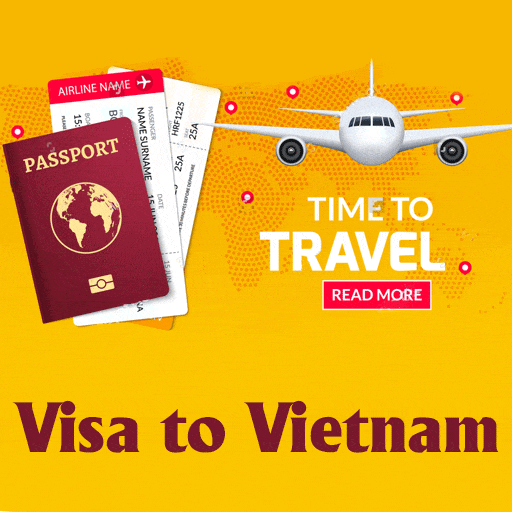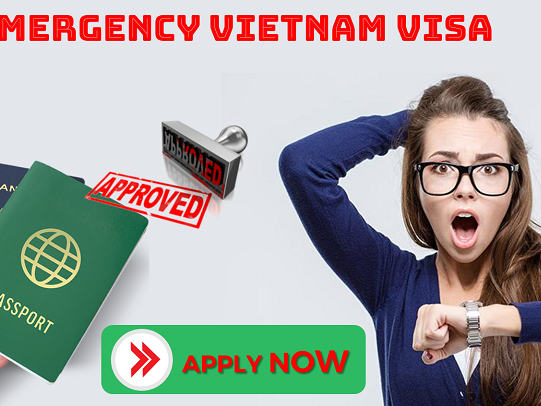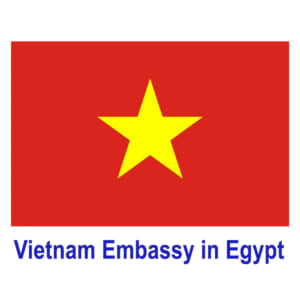Navigating the requirements for a Vietnam visa for Australian citizens is a crucial step for anyone planning a trip to this vibrant Southeast Asian nation. While Vietnam offers a rich cultural experience and diverse landscapes, understanding the correct visa application process ensures a smooth entry and hassle-free journey. This guide aims to provide clear, direct information to help Australians secure their necessary travel authorization.
Understanding Vietnam Visa Requirements for Australians
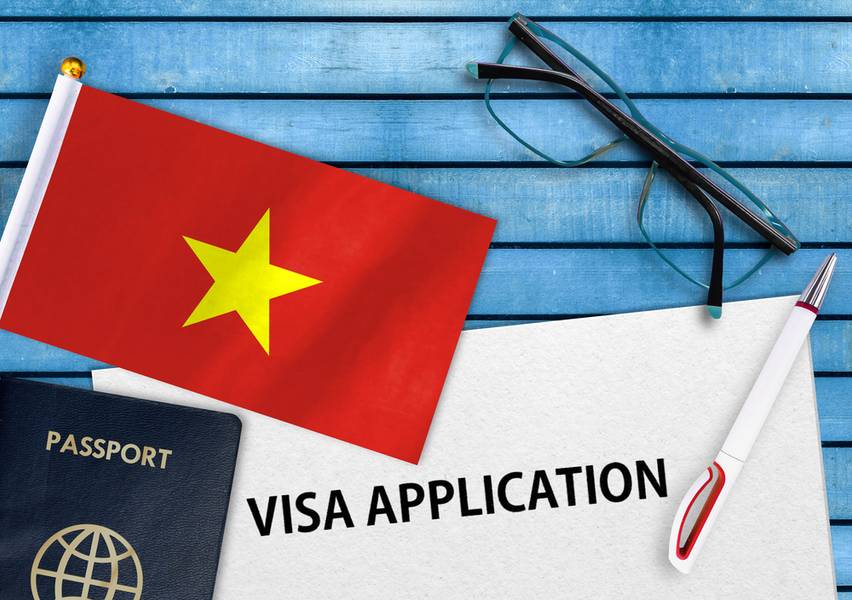
Unlike citizens of some other countries, Australian passport holders are generally required to obtain a visa to enter Vietnam for tourism or any other purpose, regardless of the length of their stay. There is no bilateral visa exemption agreement for ordinary Australian tourists. Therefore, securing the appropriate visa before departure is paramount.
Visa Exemption for Australians
Currently, Australian citizens are not included in Vietnam’s unilateral visa exemption list for tourism. This means that a visa is a mandatory requirement for every visit, even for short stays. It is essential to confirm this information directly with official Vietnamese sources or their embassy as policies can change.
Types of Visas Available
For Australian travelers heading to Vietnam, there are primarily three methods to obtain a visa: the e-visa, the visa on arrival (which requires a pre-approval letter), and the traditional visa obtained from a Vietnamese embassy or consulate. Each method has distinct procedures, processing times, and costs, catering to different travel scenarios and preferences.
How to Apply for a Vietnam Visa from Australia
The application process for a Vietnamese visa depends significantly on the chosen method, with the e-visa being the most popular and convenient for many Australian tourists. Understanding the steps for each option will help you select the best fit for your travel plans.
Applying for an E-Visa (Recommended for Tourists)
The e-visa is generally the most straightforward and recommended option for Australian tourists, offering convenience and efficiency. It allows for single entry stays of up to 90 days.
Here are the steps to apply for a Vietnam e-visa:
- Access the Official Portal: Go to the official Vietnamese Immigration Department’s e-visa website. Be cautious of unofficial or third-party sites that may charge excessive fees.
- Complete the Application Form: Fill out the online application form accurately. This includes personal details (full name, date of birth, nationality, passport number, passport expiry date), intended entry/exit dates, and proposed entry/exit points (airports, land border gates, seaports).
- Upload Documents: You will need to upload a digital scan of your passport’s bio-data page and a recent passport-style digital photo (plain white background, looking straight, no glasses/hats, clear facial features). Ensure the images meet the specified size and format requirements.
- Pay the Visa Fee: Pay the e-visa fee online using a credit or debit card. The fee is non-refundable, regardless of whether the visa is granted or not.
- Receive Application Code: After successful submission and payment, you will receive a registration code. Keep this code safe as it is crucial for checking your visa status.
- Monitor Status and Print Visa: Periodically check your application status on the official website using your registration code. Once approved (typically within 3 working days, though it can take longer), download and print your e-visa. It is advisable to print multiple copies as proof of your visa when traveling. Present your printed e-visa along with your valid passport upon arrival in Vietnam.
Applying for a Visa on Arrival (VOA) Pre-Approval Letter
The Visa on Arrival (VOA) is another popular method, particularly for those flying into Vietnam. It requires obtaining an approval letter online before departure and then getting the actual visa stamped upon arrival at one of Vietnam’s international airports.
To obtain a VOA, you first apply through a legitimate visa agent website based in Vietnam. This agent will process your information with the Immigration Department to secure an approval letter. Once you receive this letter via email, you must print it out. Upon arrival at an international airport in Vietnam (e.g., Hanoi, Ho Chi Minh City, Da Nang), present your approval letter, passport, two passport-sized photos, and pay the stamping fee in cash (USD or VND equivalent) to receive your visa sticker. This method is only valid for arrivals by air.
Applying Through the Embassy or Consulate
For those who prefer a traditional visa sticker in their passport before departure, or for certain complex visa types (e.g., long-term business or work visas not covered by e-visa options), applying through the Vietnamese Embassy in Canberra or a Consulate General in Sydney or Perth is an option.
This method typically involves completing a physical application form, providing your passport, passport photos, and potentially other supporting documents depending on the visa type. You may need to submit your application in person or via mail, and processing times can vary. For up-to-date requirements and procedures, it is best to consult the respective embassy or consulate websites directly.
Essential Documents and Information Required
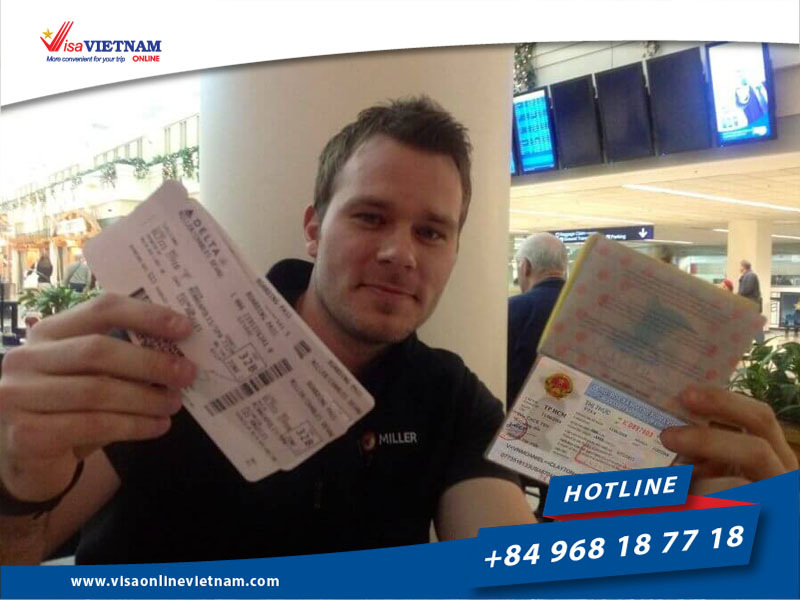
Regardless of the visa application method chosen, certain fundamental documents and pieces of information are universally required for obtaining a Vietnam visa for Australian citizens. Preparing these in advance can significantly streamline your application process.
Passport Validity and Photos
Your passport must be valid for at least six months beyond your intended date of entry into Vietnam. It should also have at least two blank pages for the visa stamp. For both e-visa and VOA, a recent passport-sized photograph (digital for e-visa, physical for VOA/embassy) with specific dimensions and a plain white background is necessary.
Flight and Accommodation Details
While not always strictly required for the initial visa application, having details of your intended flights (entry and exit) and initial accommodation in Vietnam is advisable. Immigration officers at the port of entry may ask for these to verify your travel purpose and duration.
Other Supporting Documents
For some specific visa types beyond standard tourism or if there are particular circumstances, you might be asked for additional documents. These could include an invitation letter from a company or organization in Vietnam for business visas, or proof of onward travel. Always check the specific requirements for your chosen visa type and purpose of visit.
Costs and Processing Times
The financial commitment and waiting period for a Vietnam visa can vary based on the application method. Understanding these aspects is crucial for budgeting your trip and planning your departure.
E-Visa Fees and Processing
The official e-visa fee for a 90-day single entry is typically around US$25. The standard processing time is about three working days. However, during peak seasons or for unforeseen reasons, it can take longer. It is strongly recommended to apply at least 1-2 weeks before your planned departure to allow for any delays.
Visa on Arrival Fees and Processing
For Visa on Arrival, you pay two types of fees: a service fee to the visa agent for the pre-approval letter (this varies widely among agents) and a stamping fee at the airport upon arrival. The stamping fee is typically US$25 for a single-entry visa or US$50 for a multiple-entry visa. The approval letter usually takes 1-2 working days to process, with faster (expedited) options available for higher fees.
Embassy Visa Fees and Processing
Fees for embassy-issued visas vary depending on the type and validity. Processing times at the embassy or consulate can range from a few days to a week or more, depending on demand and the specifics of your application. Contacting the embassy directly for current fees and processing times is the most accurate approach.
Troubleshooting Common Issues
While the visa application process for Vietnam is generally straightforward, Australian travelers may occasionally encounter minor issues. Knowing how to troubleshoot these can save time and prevent stress.
Application Rejection
If your e-visa application is rejected, it’s often due to incorrect information, blurry passport scans, or a photo that doesn’t meet specifications. Carefully review all inputted data and uploaded documents for accuracy before resubmitting (which will likely incur another fee). In some cases, a rejection might mean you need to apply through the embassy or consider an alternative visa service.
Delays in Processing
Processing times are estimates. If your e-visa or VOA approval letter is delayed, first check the official website using your registration code. If it’s significantly overdue, contact the official e-visa support or your visa agent (for VOA) for clarification. Avoid booking non-refundable flights until your visa or approval letter is confirmed.
Incorrect Information on Visa
Immediately upon receiving your e-visa or VOA approval letter, carefully check all details against your passport. Any discrepancies (e.g., incorrect name, passport number, date of birth) can lead to denial of boarding or entry. If an error is found, contact the issuing authority or visa agent immediately for correction before traveling.
Important Travel Tips and Safety Precautions
Beyond the visa application itself, adhering to certain travel tips and safety precautions will further enhance your journey to Vietnam, ensuring a smooth and enjoyable experience for Australians.
Check Visa Status Before Travel
Always confirm your visa status or have your printed e-visa/approval letter in hand before heading to the airport. Airlines will typically verify you have the correct travel documents before allowing you to board. Arriving without proper authorization will result in denied boarding.
Beware of Unofficial Websites
When applying for an e-visa or VOA approval letter online, ensure you are using the official government website or a reputable and well-reviewed visa agent. Many unofficial sites charge substantially higher fees or provide incorrect information, leading to potential issues. Look for secure (HTTPS) connections and clear contact information.
Keep Copies of Documents
It is wise to carry multiple copies of your passport, visa, and other important travel documents, both physical and digital (stored securely on your phone or in cloud storage). This can be invaluable in case of loss or theft, aiding in replacement and proving your legal entry status.
Conclusion
Obtaining a Vietnam visa for Australian citizens is a mandatory yet manageable process essential for a successful trip. By understanding the available visa types—the convenient e-visa, the practical Visa on Arrival requiring a pre-approval letter, or the traditional embassy route—and diligently following the application steps, Australian travelers can ensure a smooth entry into Vietnam. Always double-check requirements, allow ample processing time, and be vigilant against unofficial services to enjoy your Vietnamese adventure without unnecessary complications.


